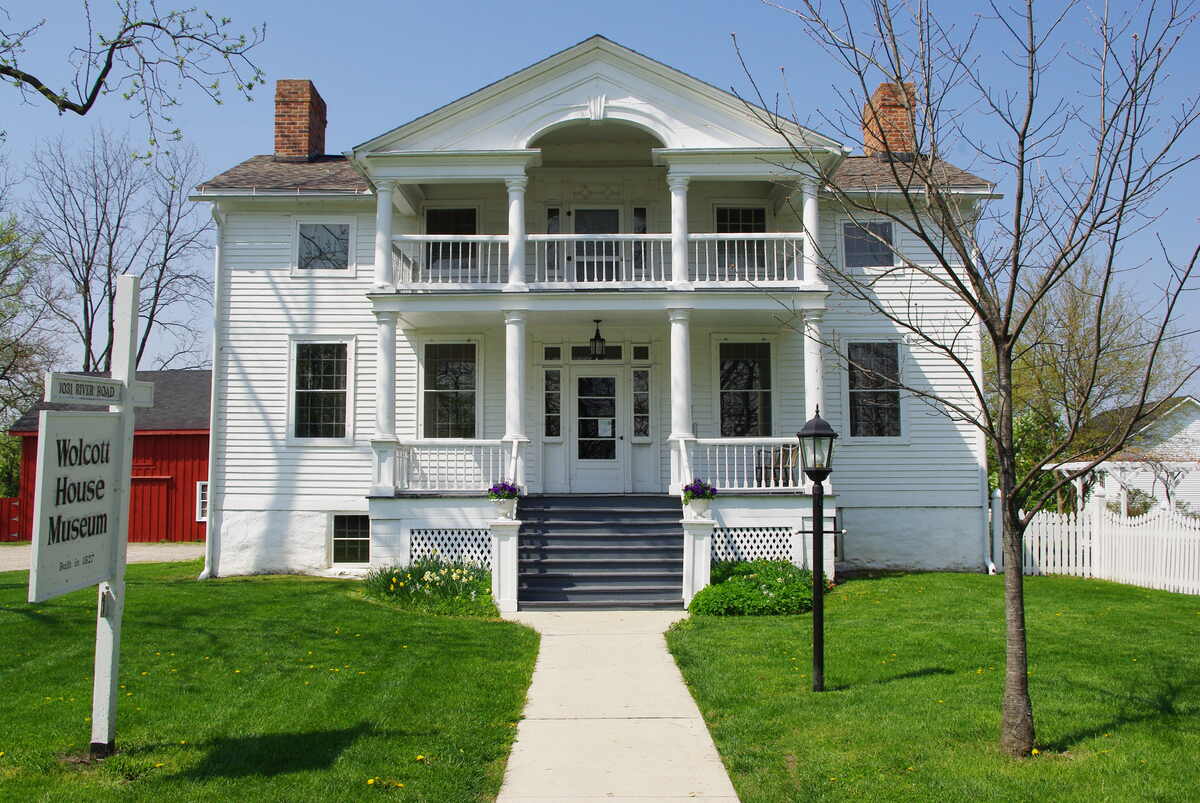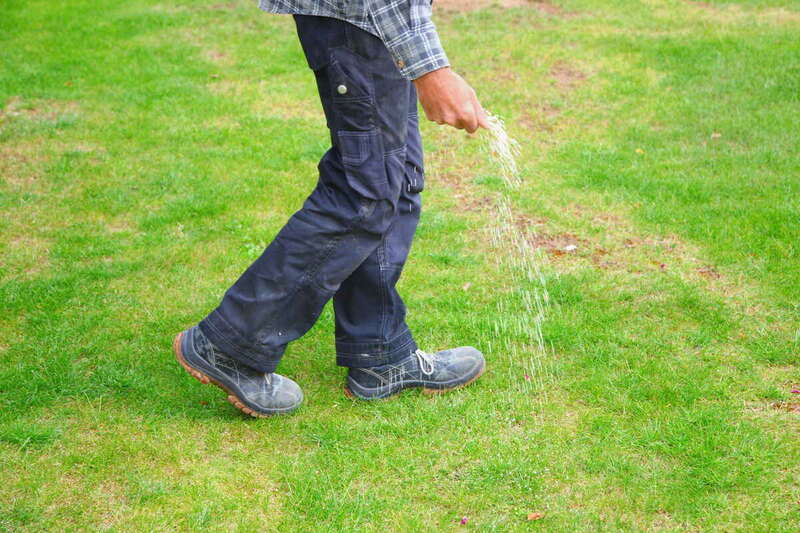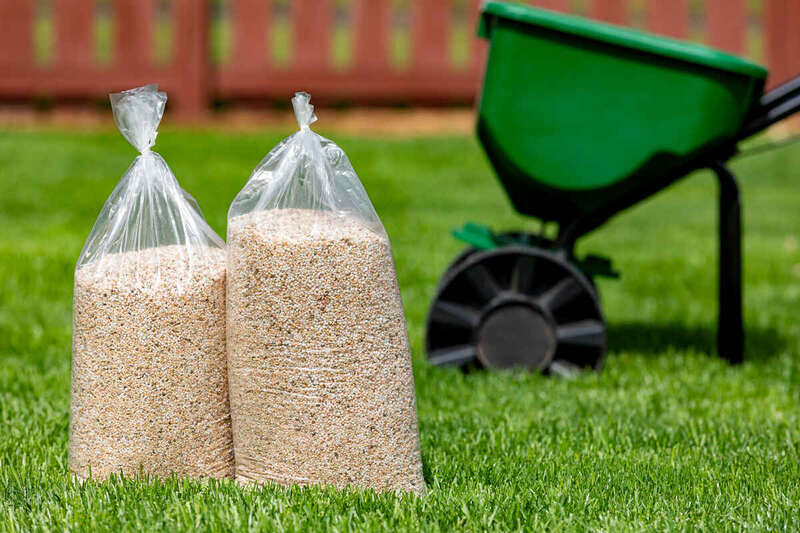
For a green, weed-free Ohio lawn, timing is crucial when applying weed and feed. The optimal period is between mid-April to early June. Ohio’s mild temperatures and moist soil during this time create ideal conditions for the product to work effectively.
Best Time to Apply Weed and Feed in Ohio
Ohio lawns feature cool-season grasses like Kentucky bluegrass and tall fescue, which are among the best grass seeds for Ohio. The best time to apply weed and feed for cool-season lawns is mid-April to early June when soil temperatures are between 60 to 75 Fahrenheit. This timing ensures the grass is actively growing and can benefit from the treatment.
To know if your soil is warm enough for weed and feed, you can check the current soil temperature online or with a soil thermometer.
Weed and Feed Timing by Region in Ohio

Ohio’s climate can vary a bit from north to south, so timing may shift slightly depending on where you live.
Note: Our timing assumes your weed and feed product contains a post-emergent (not a pre-emergent) herbicide.
Northern Ohio
The ideal time to apply weed and feed in the northern part of Ohio (above I-70) is between late April and early June:
- April 25 to May 25 (Columbus)
- May 1 to June 5 (Cleveland)
This timing allows the soil to warm up and dry out after the colder, wetter winter conditions.
Southern Ohio
In southern Ohio (below I-70), soil temps warm up earlier, so you can apply weed and feed between mid-April to late May:
- April 15 to May 20 (Cincinnati)
- April 25 to May 25 (Columbus)
This gives your lawn the best chance to absorb the treatment during its active growth phase.
Always keep an eye on the local forecast and adjust your timing based on specific conditions in your area to ensure the best results.
Tips for Applying Weed and Feed in Ohio

For a successful weed and feed application in Ohio, keep these tips in mind:
- Watch the weather: Make sure to apply weed and feed on a day when no rain is expected for 24 to 48 hours. This allows the product to absorb into the soil properly without being washed away. For a detailed guide for weed and feed application, read: “How to Weed and Feed Your Lawn.”
- Mow before, not after: A few days before you plan to apply weed and feed, mow your lawn the right way. However, avoid mowing right after application to give the treatment time to settle and work effectively.
- Use with care: While weed and feed can be beneficial, overuse or improper application can damage your lawn. Be sure to follow the instructions closely to avoid harm. Curious about the possible drawbacks of weed and feed? Check out our article — “Is Weed and Feed Bad for Your Lawn?” — to know more.
More Lawn Care and Landscaping Resources for Ohio
If you’re looking to dive deeper into lawn care and landscaping tips tailored specifically for Ohio, these additional resources will help you keep your yard in top shape year-round.
FAQ About Applying Weed and Feed in Ohio
Can I apply crabgrass preventer and weed and feed at the same time?
No, you should apply the two products at different times. It’s best to apply crabgrass preventer just before crabgrass begins to germinate, which happens once the soil temps reach 50-55 Fahrenheit consistently.
But weed and feed products with a post-emergent herbicide should be applied once soil temps are consistently in the 60-75 degree range. This will kill small crabgrass seedlings and help green-up your lawn.
For more details, see our article: “Best Time to Apply Crabgrass Preventer in Ohio.”
What are the most common weeds I should target with weed and feed in Ohio?
Ohio lawns often struggle with weeds like dandelions, annual bluegrass, and poison ivy. Weed and feed products are effective in controlling these and other common lawn invaders. To learn more about the specific weeds in Ohio, you can read our guide: “Most Common Weeds of Ohio: How to Identify and Control Them.”
How do I know if my Ohio lawn needs weed and feed?
Signs that your Ohio lawn may need weed and feed include the presence of broadleaf weeds, patchy grass growth, and overall poor lawn health. If your lawn is being overrun by weeds despite regular care, it might be time to consider a weed and feed treatment.
Leave Weed and Feed to the Experts
For a lawn that’s lush, green, and free of pesky weeds, timing your weed and feed application is crucial. But why stress over the details? A local lawn treatment pro can ensure everything’s done just right, giving your grass the boost it needs to thrive. Reach out today and let the experts handle it.
Main Image Credit: Wolcott House Museum in Maumee, OH / Dale E. Martin / Wikimedia Commons / CC BY-SA 3.0